Bog Queen
By Seamus Heaney
I lay waiting
Between turf-face and demesne wall,
Between Heathery levels
And glass-toothed stone.
My body was Braille
For the creeping influences:
Dawn suns groped over my head
And cooled at my feet,
Through my fabrics and skins
The seeps of winter
Digested me,
The illiterate roots
Pondered and died
In the cavings
Of stomack and socket.
I lay waiting
On the gravel bottom,
My brain darkening,
A jar of spawn
Fermenting underground
Dreams of Baltic amber.
Bruised berries under my nails,
The vital hoard reducing
In the crock of the pelvis.
My diadem grew carious,
Gemstones dropped
In the peat floe
Like the bearings of history.
My sash was a black glacier
Wrinkling, dyed weaves
And phoenician stichwork
Retted on my brests'
Soft moraines.
I knew winter cold
Like the nuzzle of fjords
At my thighs -
The soaked fledge, the heavy
Swaddle of hides.
my skull hibernated
in the wet nest of my hair.
Which they robbed.
I was barbered
And stripped
By a turfcutter's spade
Who veiled me again
And packed coomb softly
Between the stone jambs
At my head and my feet.
Till a peer's wife bribed him.
The plait of my hair,
A slimy birth-cord
Of bog had been cut
And I rose from the dark,
Hacked bone, skull-ware,
Frayed stitches, tufts,
Small gleams on the bank.
So where does this bog queen come from you ask? did Heaney make her up, not quite, but Glob tells the story of the Norse Queen Gunhild which let us say is perhaps a fantasy story.
She was the wife of the notorious King Erik Bloodaxe, beautiful and charming when she got her own way, clever and eloquent, but when she was crossed she could be cruel, false and cunning.
It would seem that she, or her daughter, was enticed to Denmark by King Harald on the understanding that he wanted to marry her, but........................... when she got there with her retinue she was met by a party of slaves and house-carls and badly mistreated. She was then drowned and sunk in a terrifyingly deep bog, and that is how Heaney arrived with his Bog Queen. Now it is said, or at least, historians have worked it out, that a female body found in Juthe Fen in Jutland, on the ancient estate of Haraldskjaer, must be Gunhild, because the area around the bog the body was found in was called Gunnelsmose, that is Gunhild's Bog!
The body of the supposed Queen Gunhild was displayed in a church in Vejle, this body had been found in 1835 by workmen digging a ditch. She had long loose hair, and would have been about 50 years old, a small plump woman who had been pinned down into the bog by stakes and branches. This pinning down could have been because it was thought she was a witch, and that as long as stayed fastened to the earth, her spirit would not come back to haunt the real world.
And there is another poem by Steen Steensen Blicher written in 1841 on Queen Gunshild
Then
Then you were clothed in marten and sable,
decked with precious jewels
gems and pearls in you golden hair
evil thoughts in your mind.
Now
Now you lie naked, shrivelled and foul
With a bald skull for a head
Blacker far than the oaken stake
That wed you to the bog.
----------------------------
Bone Dreams
1
White bone found
on the grazing:
the rough, porous
language of touch
and its yellowing, ribbed
impression in the grass —
a small ship-burial.
As dead as stone,
flint-find, nugget
of chalk,
I touch it again,
I wind it in
the sling of mind
to pitch it at England
and follow its drop
to strange fields.
II
Bone-house:
a skeleton
in the tongue’s
old dungeons.
I push back
through dictions,
Elizabethan canopies.
Norman devices,
the erotic mayflowers
of Provence
and the ivied latins
of churchmen
to the scop’s
twang, the iron
flash of consonants
cleaving the line.
In the coffered
riches of grammar
and declensions
I found ban-hus,
its fire, benches,
wattle and rafters,
where the soul
fluttered a while
in the roofspace.
There was a small crock
for the brain,
and a cauldron
of generation
swung ar the centre:
love-den, blood-holt,
dream-bower.
IV
Come back past
philology and kennings,
re-enter memory
where the bone's lair
is a love-nest
in the grass.
I hold my lady's head
like a crystal
and ossify myself
by gazing: I am screes
on her escarpments,
a chalk giant
carved upon her downs.
Soon my hands, on the sunken
fosse of her spine,
move towards the passes.
V
And we end up
cradling each other
between the lips
of an earthwork.
As I estimate
for pleasure
her knuckles' paving,
the turning stiles
of the elbows,
the vallum of her brow
and the long wicket
of collar-bone,
I have begun to pace
the Hadrian's Wall
of her shoulder,
dreaming of Maiden Castle.
VI
One morning in Devon
I found a dead mole
with the dew still beading it.
I had thought the mole
a big-boned coulter
but there it was,
small and cold
as the thick of a chisel.
I was told, ‘Blow,
blow back the fur on his head.
Those little points
were the eyes.
And feel the shoulders.’
touched small distant: Pennines,
a pelt of grass and grain
running south
In North (1975), in Opened Ground: Poems 1966-1996, Faber and Faber, London, 1998.
-----------------------
‘No trembling harp,
no tuned timber,no tumbling hawk
swerving through the hall, no swift horse
pawing the courtyard. Pillage and slaughter
have emptied the earth of entire peoples.’
----------------------
From Seamus Heaney's translation of Beowulf - the speech of the last survivor
--------------------------------------
Strange Fruit
Here is the girl's head like an exhumed gourd.
Oval-faced, prune-skinned, prune-stones for teeth.
They unswaddled the wet fern of her hair
And made an exhibition of its coil,
Let the air at her leathery beauty.
Pash of tallow, perishable treasure:
Her broken nose is dark as a turf clod,
Her eyeholes blank as pools in the old workings.
Diodorus Siculus confessed
His gradual ease with the likes of this:
Murdered, forgotten, nameless, terrible
Beheaded girl, outstaring axe
And beatification, outstaring
What had begun to feel like reverence.
----------
This recounting of Heaney's bog poems has been a somewhat grisly experience, the photographs of Glob's dessicated bog burials are terrible to look at, the blackened remains would give you nightmares. But these fragile relicts of once animate human life are a sharp reminder of a history
long gone; played out somewhere in another world with stories to accompany them.


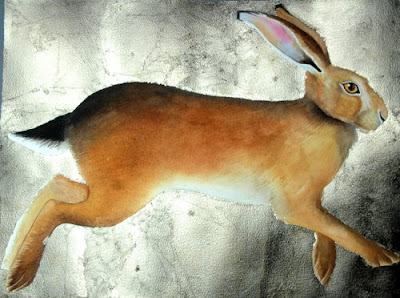
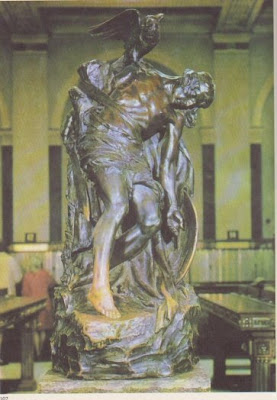
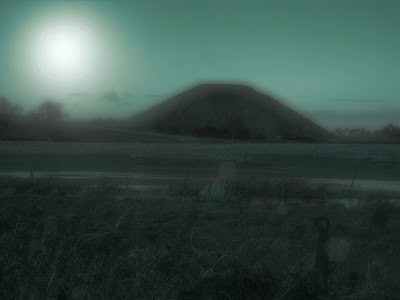
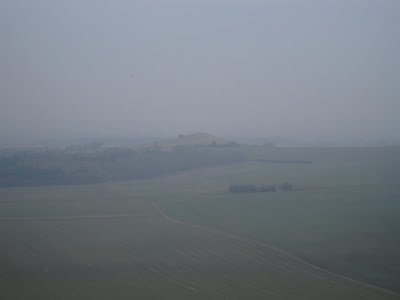
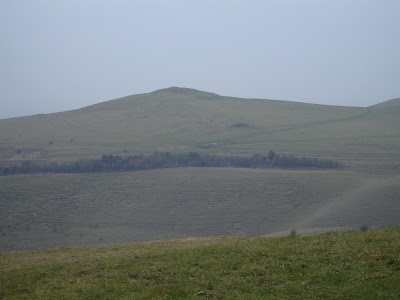














.jpg)
.jpg)
.jpg)
.jpg)
.jpg)
.jpg)
.jpg)